Day two at the Summit: Marketing to millennial generation means new strategies
It’s a brave new world out there, or at the very least a changing one, when it comes to attracting millennial customers into travel retail stores and converting them into buyers.
Attendees at the second Executive Conference Session of the Summit of the Americas in Orlando learned Tuesday that they had better connect with the millennial demographic if they want their businesses to prosper.
Speaker, author and business strategist Barbara Wold (pictured below) focused on the millennials’ commitment to living the experience when they travel, while Peter Mohn and Anna Marchesini of the duty free research specialist m1nd-set looked at generational differences to arrive at a similar conclusion.
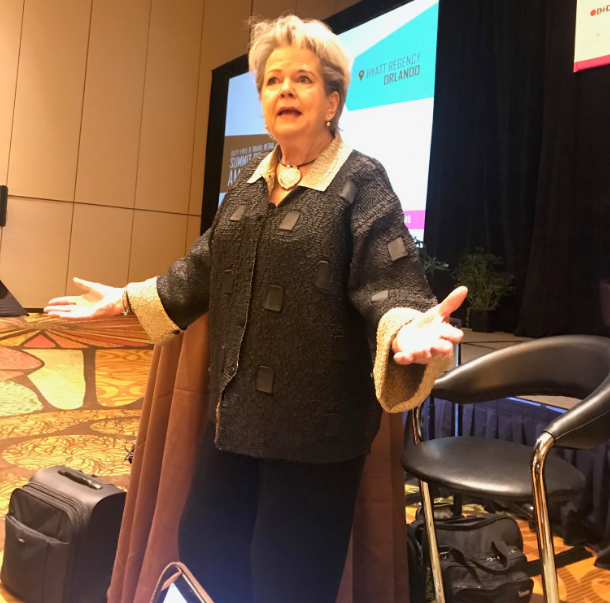
“When it comes to millennials, you can’t just show up,” Wold said. “What you need to do is take off the blinders and be aware of what’s going on around you.”
She had plenty of examples, starting with the very hotel where the conference took place. She pointed out the number of open seating areas with mobile connections in light, airy spaces where people can sit in small or large groups or individually, shifting locations as the mood strikes.
“It is built for millennials,” she said. “These are areas where there are other people. There are lots of plugs to hook up. This is what they are looking for,” she said. “Millennials want to talk to other people. They want to be with people.”
At the same time, while millennials are social animals, they also want to be treated as someone special, making customer service a key ingredient for success with that generation.
She cited examples from the Ritz-Carlton hotel group, where staff are trained in reading body language, to the Cincinnati airport where everyone who works there is trained to help any traveler that needs assistance, and even to the well-known Las Vegas promotional campaign of “what happens in Vegas, stays in Vegas”.
Wold said millennials didn’t necessarily seek Vegas, but they were after top-notch, customer-oriented interactions that made them feel special. “This is what millennials want. They are very interested in the experience and they want a consistent experience,” she said.
And they want the experience they seek through travel – something she said the travel retail industry needed to keep in mind. She also noted that when they travel, the millennial generation is not into material things but into the culture and sense of a place. “They are spending their money on the experience,” she said.
And the experience can translate into the customer experience in the travel retail store, Wold said, which is why it is becoming increasingly important for those in the business to know the millennial traveler.
“The millennial wants a sales person that is knowledgeable and knows what they are doing and is honest with you,” she said.
Wold’s talk was followed by the m1nd-set team, who presented statistics that backed up everything she said. Marchesini, m1nd-set Project Manager, and Peter Mohn, the company’s CEO and co-owner, presented data about shopping behavior and expectations that crossed generational lines from the millennials to seniors.
But they emphasized that it’s all about getting people into the store, and that’s where well-trained and competent staff are crucial.
“Sales staff interaction is a key part of the shopping experience and plays a key role in making a choice (about purchase),” Marchesini said. “But the first thing is to draw footfall, because without it, we don’t get purchase.
“Pre-trip communication is not enough. The final decision to purchase in-store is important.” Their reason for buying is not only value, but exclusivity, she added.
Both Marchesini and Mohn emphasized that “uniqueness” of the offer is a primary reason travelers do duty free shopping, which is why it is so important for staff to be knowledgeable about brands and why they stand out from what one can purchase at home.
The m1nd-set team (pictured below) had other information to offer about who travels. Not surprisingly, most international travelers are from the US and Canada, followed by Mexico, Brazil and Argentina. But travelers from Asia, including India, Japan, China and South Korea also fall in the top 15 category.

But what should be encouraging to everyone in the industry is their long-term forecast for air traffic, which projects a growth of 506 million passengers in 2020 to 915 million passengers in 2034, at a rate of growth of 4.7% annually in that period.
They also presented some insights into the growing number of travelers from China and where they are going as tourists. The top destinations outside of Asia are North America and Europe.


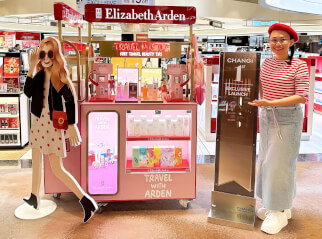
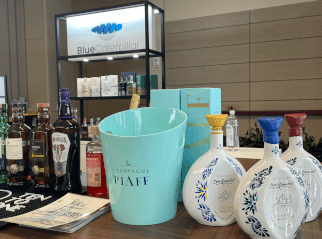

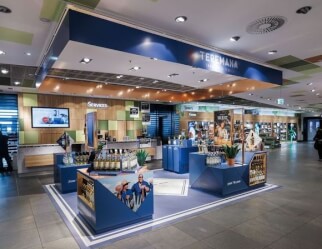

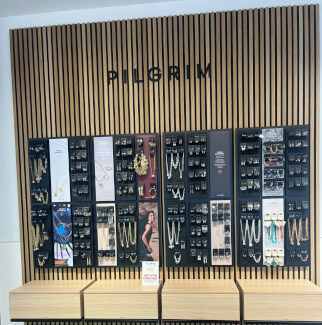
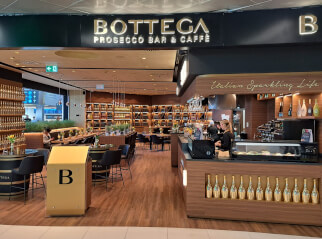
.jpg?&resize.width=322&resize.height=483)
